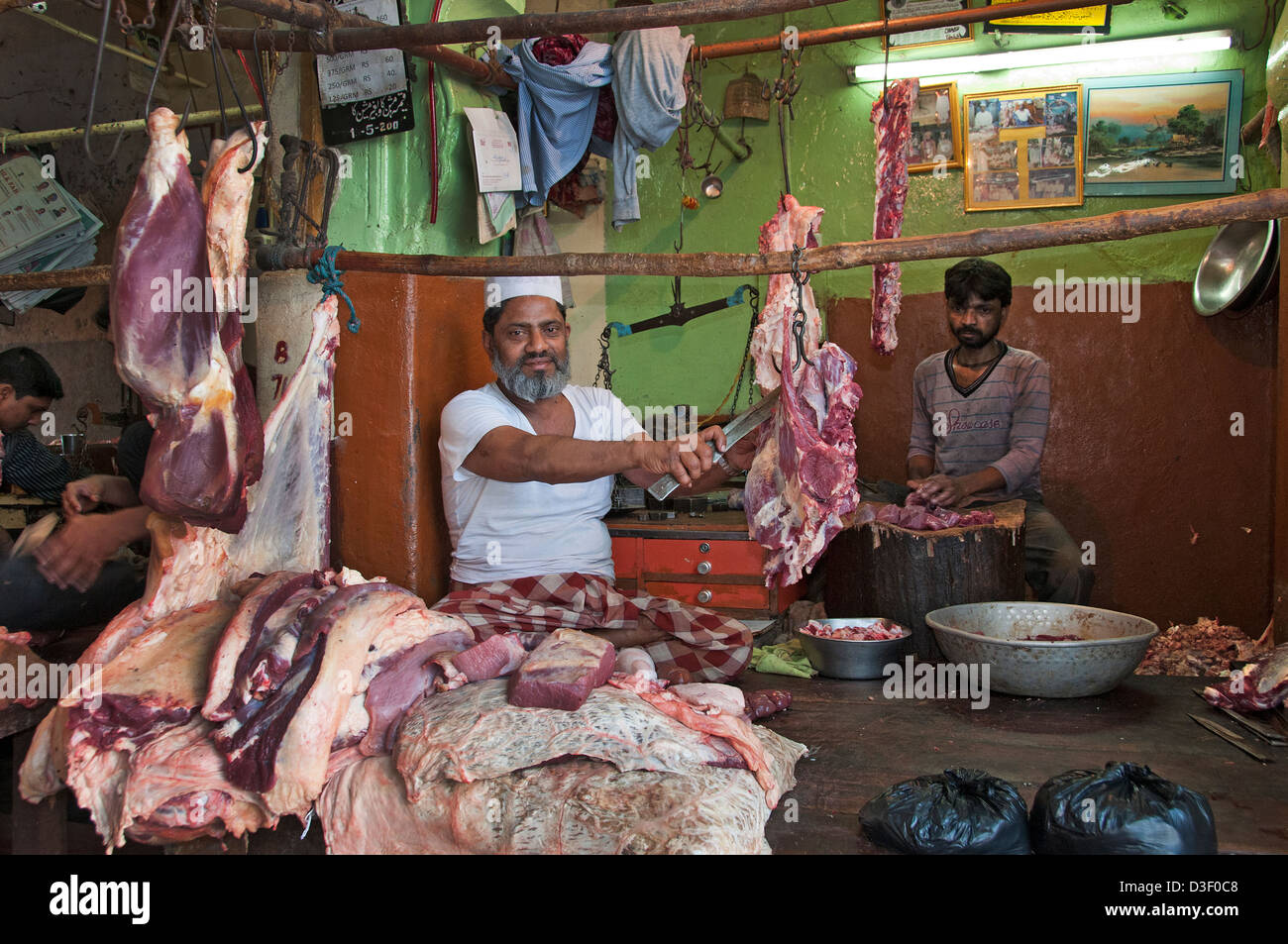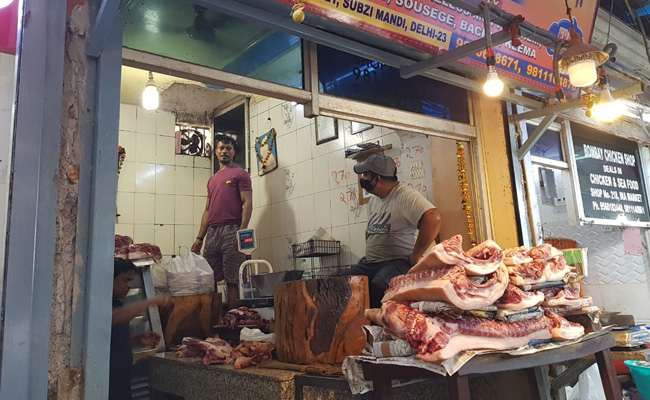From Farm to Table: Embracing the Custom of Meat Markets and Butcheries
In an age dominated by comfort and automation, there exists a silent change taking location in the cooking world - a return to the roots of food sourcing through the practice of meat markets and butcheries. These facilities, typically forgotten in the darkness of supermarkets, are experiencing a revival as discerning customers seek quality, traceability, and a link to the beginnings of their food. What is driving this shift back to the means of old? The solution depends on the crossway of heritage practices, moral factors to consider, and a wish for a much more authentic gastronomic experience.
The Renewal of Meat Markets
The rebirth of meat markets throughout various areas suggests a change towards a restored appreciation for locally sourced, high quality meats. In recent times, consumers have come to be more mindful of the beginnings of their food, resulting in an expanding demand for openness and sustainability in the meat market. This fad has actually led the method for the rebirth of standard meat markets and butcheries, where customers can straight communicate with knowledgeable butchers and resource their meat from neighboring farms.
Among the key driving factors behind this renewal is the desire for better and fresher products. By buying meat from local markets, customers can guarantee that they are obtaining fresh cuts that have actually not traveled fars away or been being in storage space for prolonged durations. In addition, supporting regional meat markets assists bolster the regional economic climate and advertises area connections.

Workmanship in Butcheries
With the renewal of meat markets highlighting quality and sustainability, the emphasis shifts in the direction of acknowledging the complex craftsmanship displayed in contemporary butcheries. Craftsmanship in butcheries goes past just reducing meat; it embodies a deep-rooted custom of knowledge and accuracy in dealing with different cuts of meat. Bagley Farms Meat Market. Butchers, frequently educated for many years, have a riches of expertise on the composition of pets, blade skills, and the art of damaging down carcasses efficiently

In contemporary butcheries, workmanship is apparent in the means butchers very carefully resource their meat, guaranteeing high requirements of top quality and ethical methods. They take pride in comprehending the provenance of the meat they market, working carefully with regional farmers and distributors to offer clients complete transparency and traceability.
Additionally, workmanship in butcheries includes the presentation of meat. Butchers skillfully prepare cuts that not only boost taste but also display the natural beauty of the meat. The art of butchery is a mix of custom and technology, where respect for the animal and commitment to the craft result in phenomenal items that truly stand apart in today's market.
Locally Sourced Meat High Quality
)
Locally sourced meat uses countless advantages, including fresher products, support for regional farmers, and decreased ecological impact due to lowered transportation ranges - Bagley Farms Meat Market. By acquiring meat from nearby farms and butcheries, consumers can have a lot more confidence in the quality and security of the items they are purchasing

Farm-to-Table Buying Experience
In the world of in your area sourced meat quality, the farm-to-table purchasing experience supplies customers a straight link to the origins of their food - Bagley Farms Meat Market. This unique shopping experience enables consumers to map the trip of their meat, from the ranch where the animals were increased to the table where click for more info it will be appreciated. By learn the facts here now taking part in farm-to-table shopping, people can get a much deeper understanding of the farming practices, animal welfare standards, and sustainability efforts included in creating their meat
Consumers have the opportunity to communicate with neighborhood farmers and butchers, asking questions concerning the meat they are purchasing and discovering about the details cuts readily available. This direct communication cultivates trust in between consumers and manufacturers, ensuring that individuals are confident in the high quality and origins of the meat they are bringing home.
Practice Fulfills Modern Society
The convergence of standard meat markets and butcheries with modern society presents a distinct possibility for the preservation of artisanal practices in a contemporary context. While contemporary developments have transformed different markets, the essence of typical meat markets and butcheries stays deeply rooted in history and craftsmanship. This mix of practice and modernity enables the continuation of classic strategies while adapting to the requirements and preferences of today's consumers.
In today's busy world, where comfort commonly surpasses high quality, there is a growing recognition for the heritage and authenticity that traditional meat markets and butcheries use. Consumers are progressively looking for openness in the sourcing and production of their food, leading them back to the personalized service and competence found in these facilities. Moreover, the focus on sustainability and moral techniques lines up with the values promoted by several conventional meat markets and butcheries, promoting a sense of neighborhood and duty in the direction of the environment.
As culture proceeds to evolve, the coalescence of custom and modernity in meat markets and butcheries not just makes sure the preservation of artisanal practices yet likewise improves the culinary landscape with a mix of heritage and technology.
Conclusion
In final thought, the custom of meat markets and butcheries is experiencing a revival in modern-day culture. These facilities supply locally sourced meat of high quality, providing a farm-to-table purchasing experience for customers.
In an age dominated by convenience and mass manufacturing, there exists a peaceful transformation taking location in the cooking world - a return to the roots of food sourcing with the practice of meat markets and butcheries.The renewal of meat markets across various communities suggests a change in the direction of a restored appreciation for locally sourced, high quality meats.With the renewal of meat markets highlighting quality and sustainability, the focus moves in the direction of identifying the complex craftsmanship showed in contemporary butcheries. Craftsmanship in butcheries goes past just reducing meat; it embodies an their website ingrained tradition of knowledge and accuracy in handling various cuts of meat.In today's hectic globe, where comfort usually exceeds high quality, there is a growing gratitude for the heritage and authenticity that typical meat markets and butcheries provide.